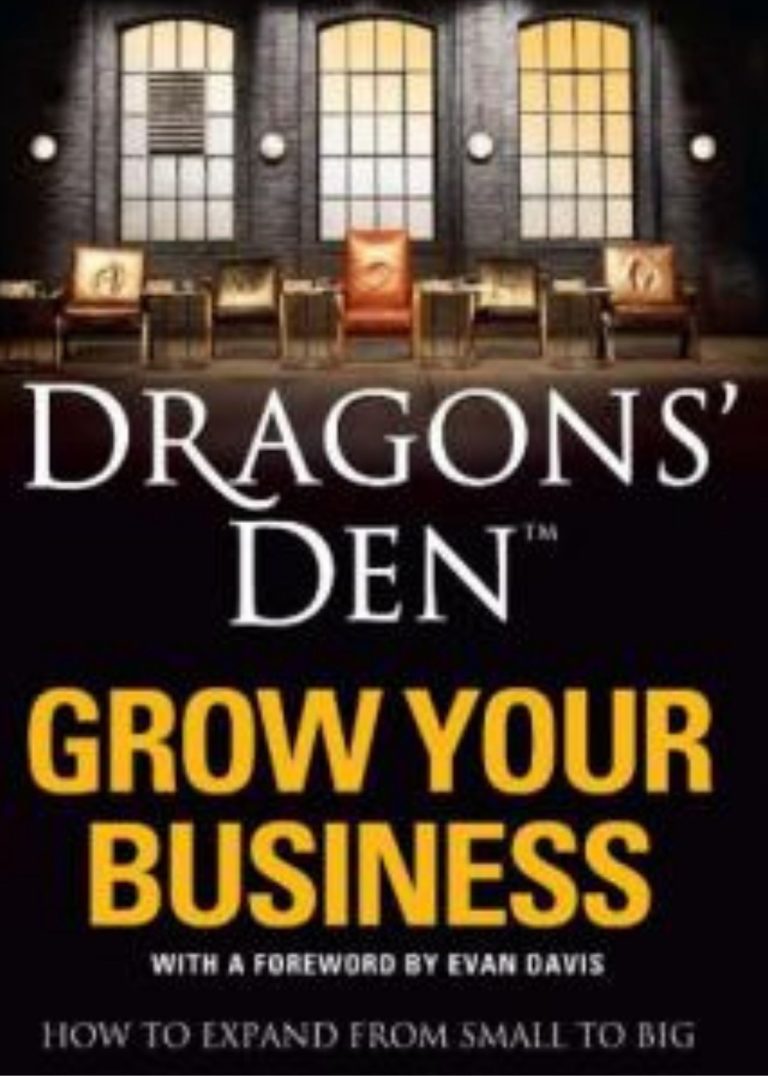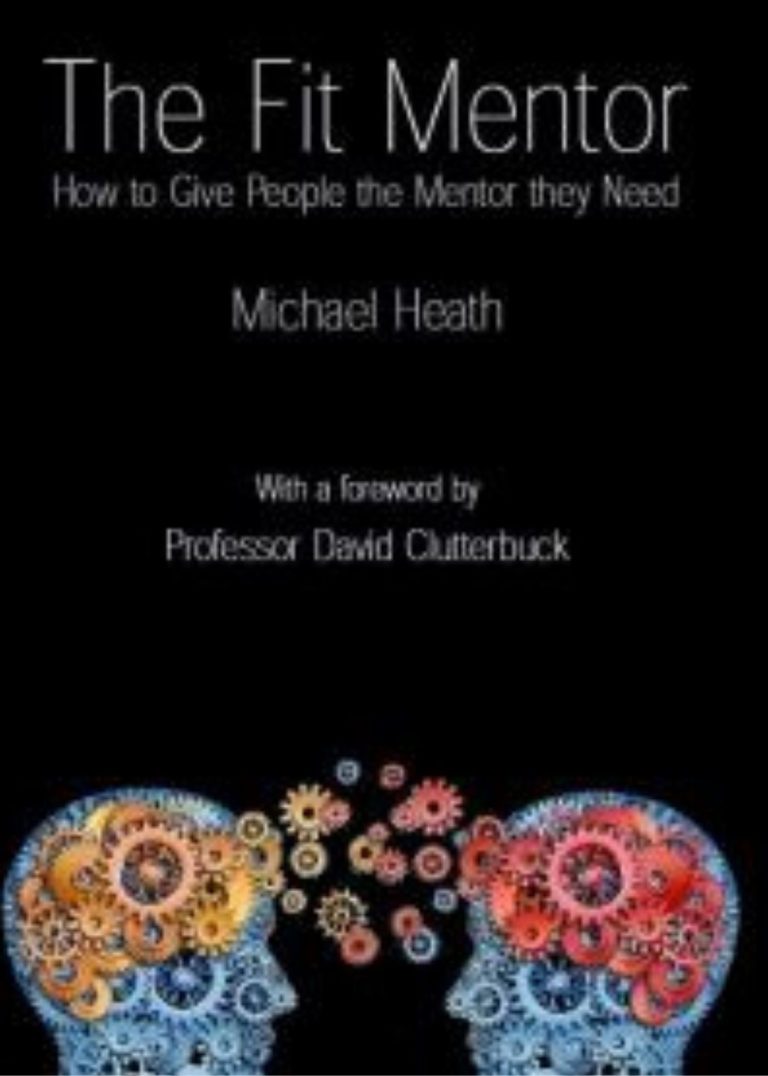Sir Anthony Jay thought: ” A presentation is an exercise in persuasion”. But how do we persuade and prepare for an event that, recent research reveals, is feared by some as more frightening than death itself? In this, the first of two articles by Presentation Skills expert, Nina Lovatt, she takes us through the mnemonic ‘PANIC’ to help us ensure that each preparatory step is given full consideration.
We share a fear!
Like so many people, making presentations terrified the living daylights out of me. In the early stages of my career I regularly took part in travel industry road shows where each new day brought a new city and a new audience of potential customers. Jetlag and the pressure to bring home orders compounded my nerves and, with every approaching five-minute slot, my personal stage fright rose to dizzying new heights.
Once in the spotlight, I would rattle through my slides. Having a naturally enthusiastic communication style at least kept the audience awake and alert for the next speaker! It was a gruelling apprenticeship, but one for which I will always be grateful because, as so often happens, it is from such experiences we learn the most.
In professional and public life today so many of us have to make presentations: face-to-face, on the phone and via the web. Often we are seeking the commitment of the audience to buy into our ideas, donate money to our charity or purchase a product. And, like me back in those early road show days, many of us could benefit from a few professional tips to help make our presentations more effective and maximise our success.
So, in my two articles, I want to share those tips that will help you make sure every presentation is a success. This month my first five recommendations on the mnemonic ‘PANIC’; after all, there is nothing like a bit of PANIC to get you started on the road to making successful and effective presentations!
P = Purpose
You must make sure you have both a purpose and a clear objective for your presentation.
So many of us rush into planning and presenting without thinking through this vital element properly. Ask yourself: how do you know what journey you are going to take your audience on if you don’t know your final destination?
A = Audience
“Designing a presentation without an audience in mind is like writing a love letter ‘to whom it may concern…” – Ken Hammer, AT&T
Make sure you know everything there is to know about your audience. Think of yourself as a tennis player competing in a Grand Slam final. Wouldn’t you and your coach want to research everything there is to know about your opponent and their game? Together you would watch tapes of their previous matches and perhaps interview past opponents; you would analyse their style and identify their weak points.
Making a presentation is exactly the same. You need to know as much as you can in advance about your audience.
You’ll need to find answers to the following:
- Who are they?
- What do they do?
- Why are they there?
- Are they ‘big picture’ or detail?
- Why would they say “No” to you?
- How much do they already know?
- What is at stake?
N = Need
At this stage it is important to consider the needs of both you and your audience. For example, what information will the audience need? From your side, what will you need in the way of information to make this presentation successful? Is this a routine event or an occasion to shine? Can you do this with your eyes closed or will you need to carry out research? If the latter, how much preparation time are you likely to need?
I = Information
The golden rule is to keep it as simple and short as possible; one tip I learnt from a professional TV documentary maker is that it is only possible to make two key points in a 20 minutes slot, 3 key points in a 30 minutes slot and 4 key points in a 40 minutes slot.
C = Communication
You are now ready to begin to plan the framework for your presentation. What is the best way to stage your presentation? What visual aids, if any, will you use and what kind of follow-up will be required?
It is important to remember that we all absorb information through one of three different ways:
- Visually – through our sight
- Aurally – through our ears
- Kinaesthetically – through our physical involvement
When planning your communication make sure you appeal to all three styles, with a combination of good visuals, good speech and wherever possible, audience participation.
Next month…
So there you have it: the first five pointers that no decent presenter would ever overlook. Next month we move onto getting our message across: not only how we visually represent our message but also how we visually represent ourselves.
So panic over until October!
If you would like more information about Nina’s ‘Standing Ovation’ workshop then email her atnina@mhconsult.com






